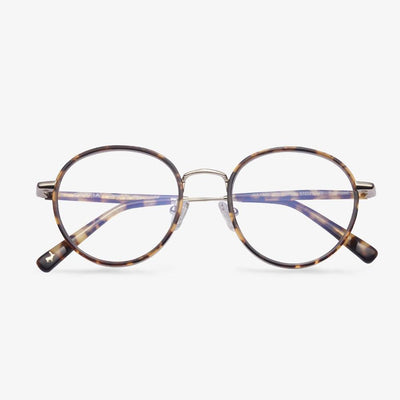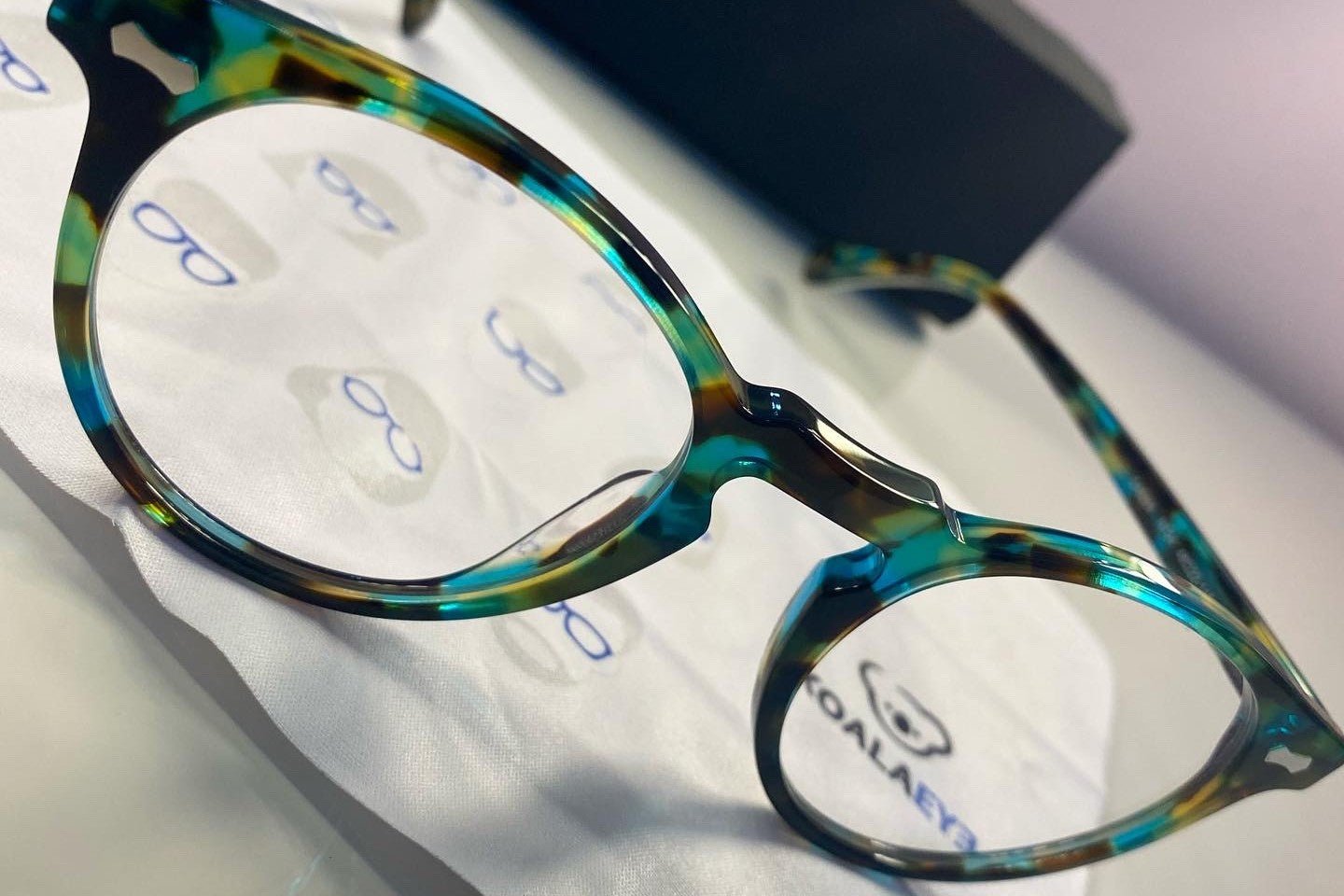Why do you need to adjust your glasses?
After wearing glasses for a period of time, the frames will become deformed and loose. Due to the deformation of the frame, the wearer may experience blurred vision, dizziness, visual fatigue, and other symptoms, the glasses need to be adjusted regularly. And because the shape of each person's face and the relative position of nose and ears are different, you need to adjust your glasses according to your own features. To make wearing comfortable, glasses do not overpress the nose and ears. After wearing glasses, it is advisable to have no tenderness at the contact point and not to slide down the head frame. The frames have to be made fundamental adjustments after assembly to meet fundamental standards.
Pure titanium
When the titanium purity reached more than 99% of the titanium metal materials, they can be called pure titanium glasses. Many people may not know what pure titanium is. In reality, many famous brand glasses are made of this material. The frames made of pure titanium have the benefits of high melting point, light material, strong resistance to corrosion, and strong electroplating, to ensure the two important properties of beauty and durability spectacle frames.
The safety role of glasses
Labor protection glasses can help professionals to prevent accidental injuries while working. The main role is to protect the eyes and face from ultraviolet, infrared, and microwave electromagnetic radiation, dust, metal and sand debris, and chemical solution sputtering damage. Many young people like to play computer games, so the eyes are easy for to occur myopia, but radiation glasses can reduce radiation. Chemical solution protection glasses are mainly used to protect eyes from chemical damage caused by irritating or corrosive solutions.
The categories of rimless glasses
Rimless glasses can be divided into metal rimless glasses and plastic rimless glasses according to the material. According to the metal category, they can be divided into nickel-copper alloy, memory titanium alloy rimless frames.
According to the elastic order of the frame, the softest and elastic kind is the plastic rimless glasses. The benefits are the lightest weight and the lowest price. The disadvantages are the short service life, faded look after the sun, and single appearance, which are suitable for children or teenagers in the stage of corrective treatment. The second elasticity is the memory titanium alloy rimless frame. They use aviation metal titanium as the raw material, suitable for people with sensitive skin, and have lighter quality, better durability, more styles.
How to Get Used to Progressive Lenses?
It is common that your vision may change when you are over age 40. You can find it is happening when have to hold your favorite book, the daily newspaper, or a restaurant menu farther away just to read it. This is an eye condition called presbyopia. It is normal and almost all of us get it as we reach middle age.
This eye condition often can be corrected by progressive lenses which allow you to see objects from far to near clearly. With progressive lenses, you do not have to switch your glasses to see far or near objects frequently.
However, since progressive glasses have three different prescriptions in one lens, it may be difficult for some people to adapt to the new ones. So, in this post, we will show you how to get used to progressive lenses.
What Are Progressive Lenses?
Progressive lenses also called multifocal lenses, have three prescriptions in one pair of glasses, which allows you to see near, middle-distance, and far objects without changing your glasses.
The traditional glasses have telltale lines in the lenses, while the progressive lenses are an update on bifocal and trifocal lenses. Progressive lenses have a seamless look. Sometimes, they are called no-line bifocals. The more accurate name is no-line trifocals.
Progressive lenses are typically designed for people over 40 years old who are both nearsighted and farsighted. With the progressive lenses, there is no need for you to change the nearsightedness eyeglasses and the farsightedness eyeglasses constantly.
What Are the Advantages of High-Index Lenses?
In this section, we will show you the advantages of high-index lenses.
- Thanks to the slim shape and narrow edges, high index lenses offer wearers the flexibility to choose from a wide array of fashion-forward frames. Their size means that they can be easily paired with sleek metal frames or incorporated into rimless eyewear for an attractive barely-there look.
- High index lenses are more comfortable for extended use because they are lighter than the traditional counterparts.
- High index lenses are available with many of the same options as traditional lenses. For example, they can be either single-vision or progressive.
- For users with strong prescriptions, high index lenses mean no bulky, bottle-glasses appearance. This can reduce the unwanted bug-eye look traditionally associated with very thick lenses.
However, there are some negative voices of high index lenses.











































